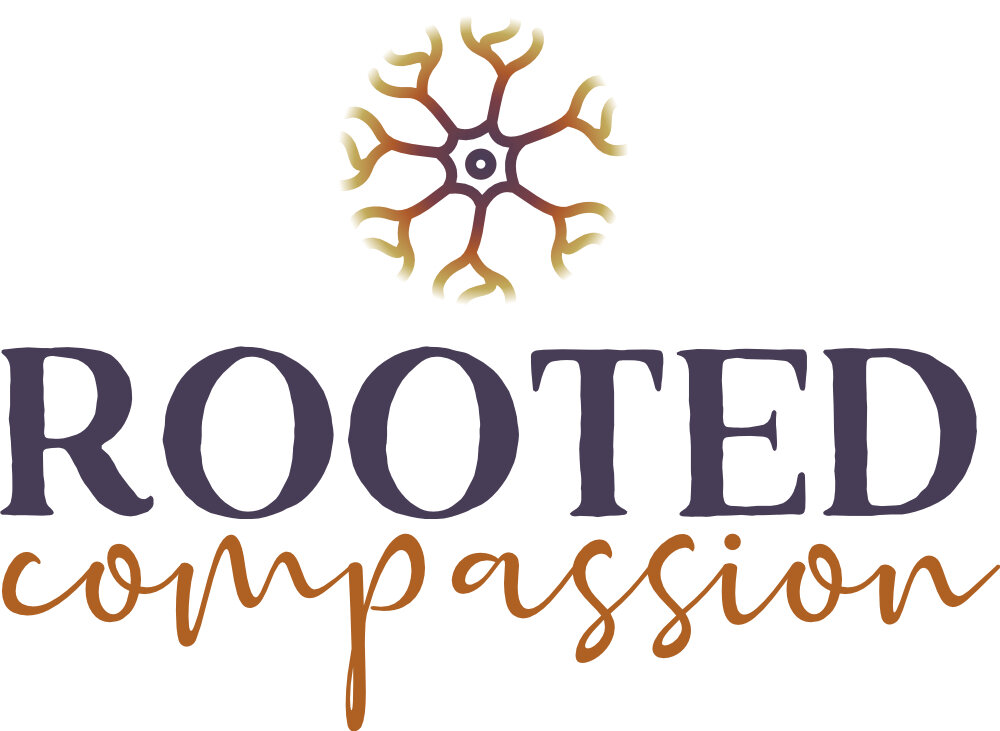Cincinnati Therapist Shares Ideas for a Holiday Kitbag to Navigate the Holiday Season
It’s the holiday season and for many of us that means a change in our everyday routines. Some of us will travel, others will host family and friends, and some of us may find ourselves with more time alone. My holidays are full of travel to see family spread across the midwest which means for a few weeks I am away from my home, navigating airports, rental cars, different pillows, beds, food, and weather. Even when things go smoothly–and that is rarely the case–the holidays can be a source of stress as we find ourselves outside of our comfort zones.
A simple definition of stress is a perceived inability to cope.
This could range from your perception that you can’t make it from one gate to another in fifteen minutes trying to catch your next flight at an airport, or what you might say to your aunt Gale who corners you every year and asks why you aren’t married yet. It can also just be the stress of not having our creature comforts. One of the best things we can do in stressful times is to take the time to predict, plan and prepare for those moments when we feel the situation is more than we can handle.
Often, we engage our mind in this task of thinking about the worst case scenarios like missed flights or challenging interactions with friends and family by making a list of different options. This is helpful, but it often can create another source of anxiety and it doesn’t help cultivate the calm sense of groundedness we need to make wise decisions in the moment.
Luce and Clapton (2021) advocate for developing what they call a multisensory “compassionate kitbag” to help with coping with stressful situations aimed at bringing us back to a more grounded and calm state in our body and in our mind.
They highlight the importance of engaging the senses in taking us from our future thinking mind to be more in the present.
I have been thinking about creating my own “holiday kitbag” of objects and strategies that will help to stay in the present. Below are a few ideas to get you started thinking about what you might include in your own kitbag that helps you to tap into your sensory world:
Set your phone screen to an image that reminds you of a time or place where you feel calm, connected and comfortable. When you feel stressed, let your eyes linger on the image and remember that time or place.
Pick a song that has a catchy tune or meaningful lyrics. Give your mind the task of singing it to yourself feeling the cadence of the rhythm in your body. If you are in a space where it is appropriate to hum the song, this will increase your embodied sensations.
Pack a small travel size lotion bottle or lip gloss that has a pleasing scent. As you apply it, notice the way your skin feels and how the scent can bring you back to your body.
Bring an object with you that has a pleasing texture. It could be a cozy scarf, a smooth stone in your pocket, or the edged surface of a pen or pencil. When you feel overwhelmed or need a moment to connect to the present, run your hand over the object.
Step outside, notice the temperature change and how the air feels on your skin. Listen to the ambient sounds in the environment.
Bring food that takes a little time to dissolve in your mouth. I like strong flavors like mint, ginger and sour lemon candies or lozenges that bring all of my attention to my sense of taste.
These are just a few of many ideas and I encourage you to expand and think about your own situation and what might bring you to your “senses.”
John Kabat Zinn, a mindfulness instructor is quoted as saying,
“You can’t stop the waves. But you can learn to surf.”
A holiday kitbag won’t stop your flight from being canceled or keep family conflict at bay, but it does provide some tools to care for yourself and be more present and ready to deal with what waves might come our way.
Photo Credit: Annie Spratt @anniespratt
References:
Luce, K. & Clapton, N. (2021). The compassionate kitbag: A creative and integrative approach to compassion-focused therapy. Psychology and Psychotherapy: Theory, Research and Practice. 94, 497-516.
The Rooted Compassion team is made up of a group of counselors who have a variety of specialties in order to best serve our clients. We recognize that every person has his/her own personal and unique life experiences and that one modality will not work for every client. Listed below is a summary of our counselors’ specialties at Rooted Compassion:
Polyvagal Theory/Nervous System Focused Therapy
Trauma Responsive Care Techniques
Grief Counseling
Somatic Focused Counseling
Eye Movement Desensitization and Reprocessing, EMDR
Dialectical Behavior Therapy
Mindfulness-Based Practices
Acceptance and Commitment Therapy
Drama Therapy/Expressive Arts
If you are interested in learning more about what Rooted Compassion is all about, please contact us today, look through our website, or find us on Instagram and Facebook.
Rooted Compassion Counseling is Ohio’s leading practice for trauma therapy through the lens of the nervous system. Our focus is to walk alongside clients as they heal from depression, anxiety, trauma, grief and/or loss. If you or someone you know are seeking to explore and build an inner sense of calm and safety, please contact us today. We would love to help you to find a counselor and counseling techniques that will guide you on your mental health journey to healing.



